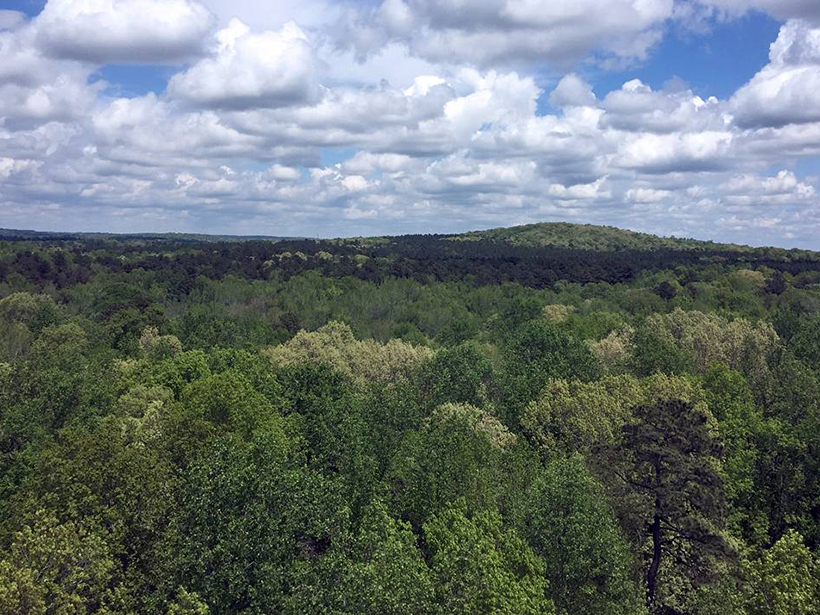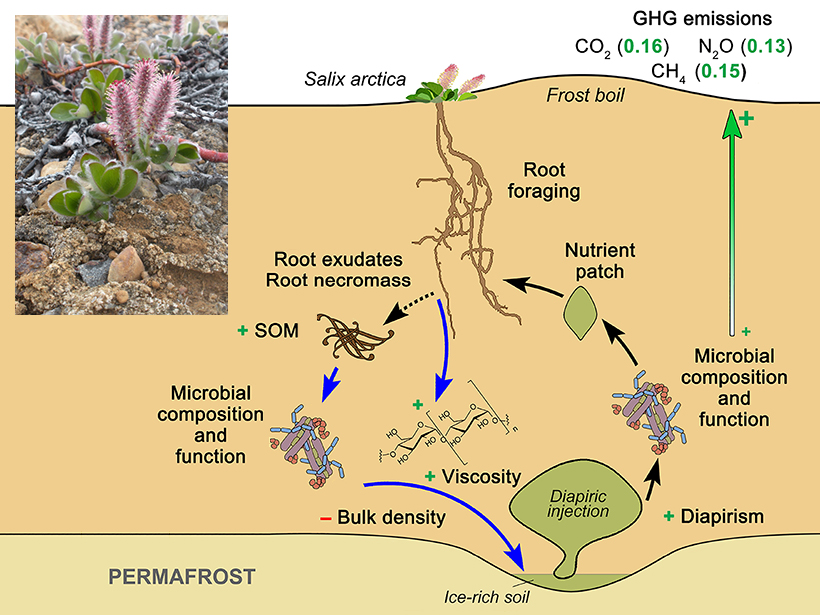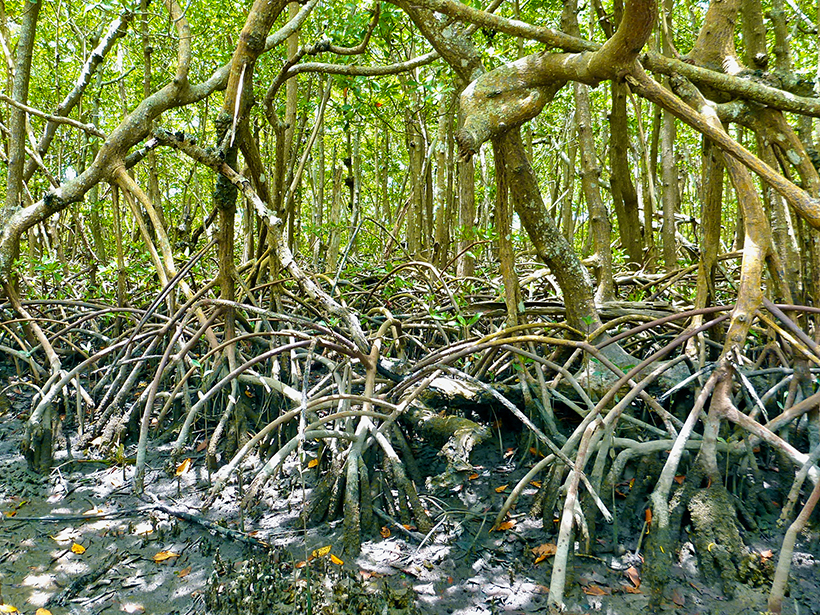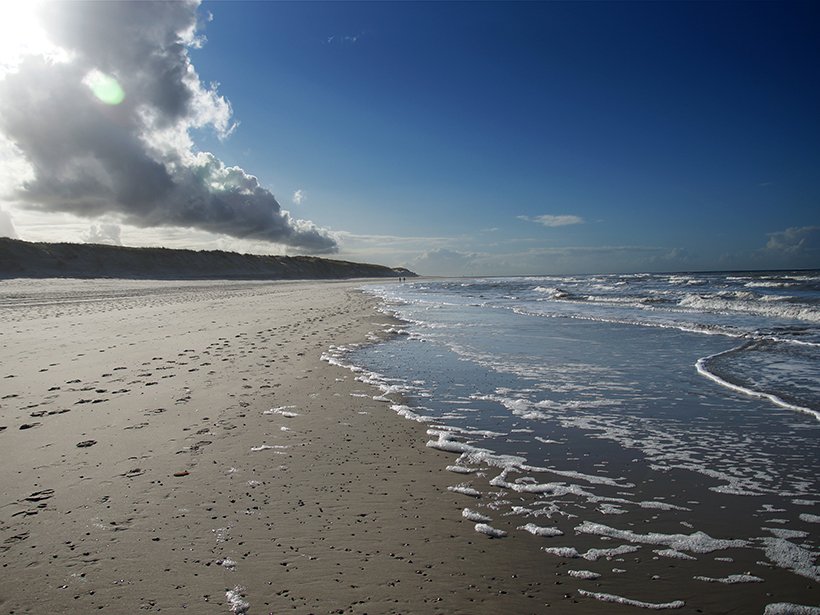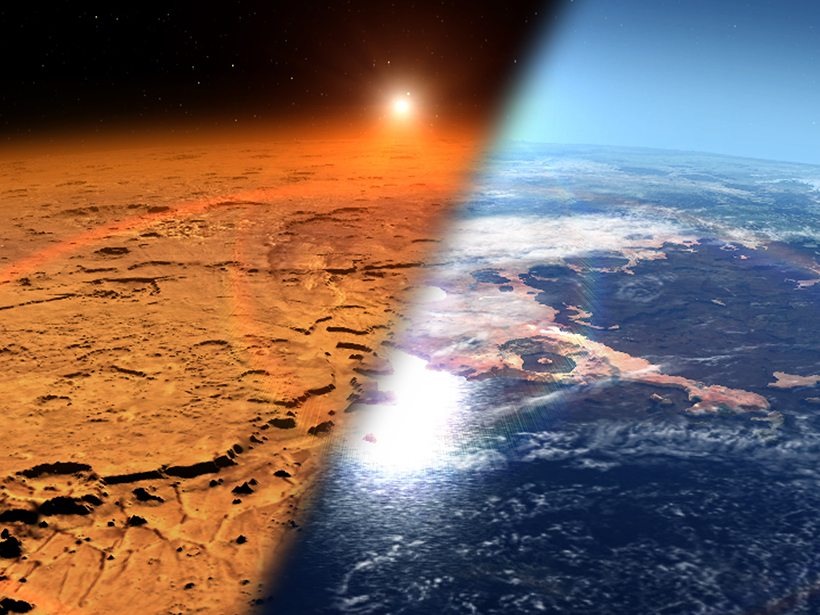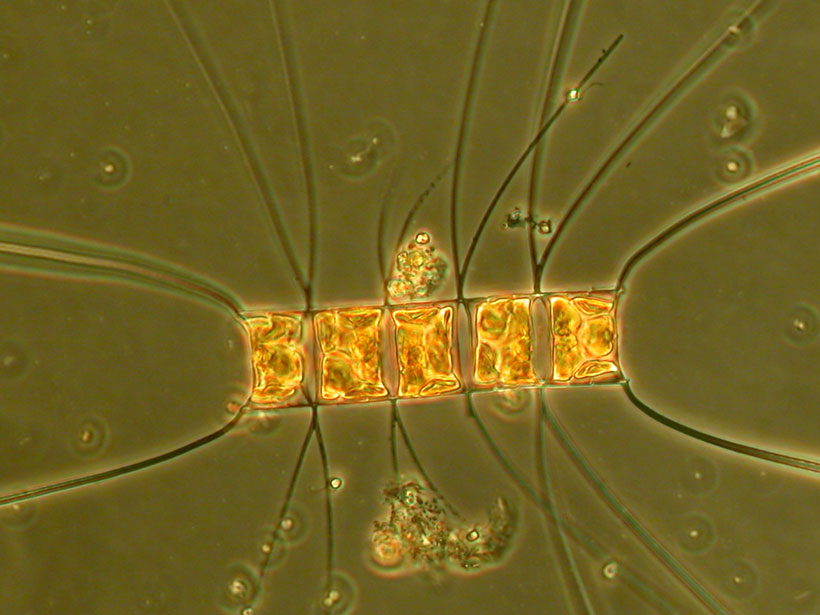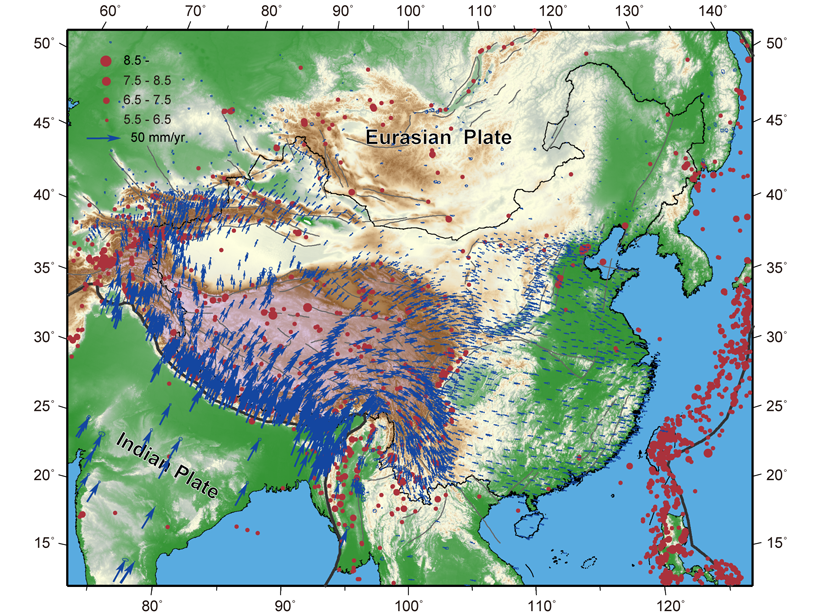Decades of research on river deltas identify gaps in our knowledge of delta behavior and the tools required to fill them in.
Research Spotlights
Research spotlights are plain-language summaries of recent articles published in AGU’s suite of 24 journals.
Reforestation as a Local Cooling Mechanism
Reforestation has been shown to cool surface temperatures, and a novel study suggests it may also reduce air temperature up to several stories above the ground.
Chinese Swamp Core Reveals 47,000 Years of Monsoon History
Magnetic analysis of mineral composition supports the importance of tropical climate processes in shaping long-term monsoon patterns.
Floating Patches of Soil Nutrients in Soil Help Explain Arctic Thawing
Nutrient-rich diapirs have a complex relationship with soil microbes and play an important role in carbon and nitrogen nutrient cycling, making them crucial for understanding feedbacks in the Arctic.
Florida Coastlines Respond to Sea Level Rise
For more than a century, carbon burial rates have been increasing on some southern Florida coasts. Scientists now verify this trend and propose an explanation.
Microbial Mechanisms Change with the Seasons
Microbes living in the sand on a barrier island alter the way they break down organic matter as their environment changes throughout the year, which has implications for the surrounding water column.
How Mars’s Magnetic Field Let Its Atmosphere Slip Away
A planet’s magnetic field usually protects its atmosphere from being blown away by its star. But new research suggests Mars’s weak magnetic field may have helped its atmosphere escape.
New Models Give Global Picture of Mercury Content in Oceans
Concentrations of methylated mercury in high latitudes show the importance of sunlight and biological activity for cycling the metal.
Snowpack Data Sets Put to the Test
A new study compares the accuracy of three observation-based methods of calculating snow water equivalent, a key component in water management.
Space-Based Data Expand Understanding of Crustal Deformation
Researchers used the largest GPS data set yet to examine deformation of the crust across continental China and its implications for tectonic activity.


